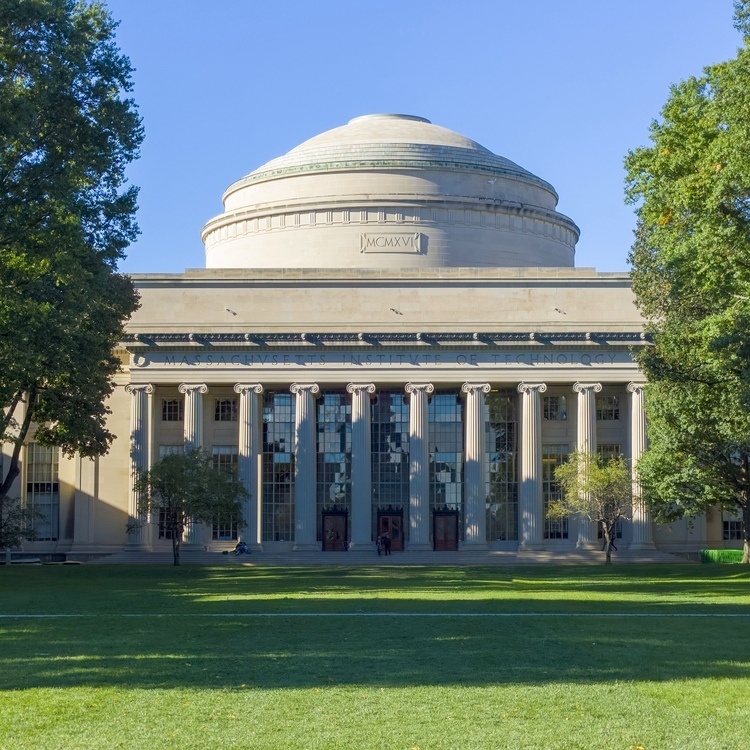
NeuroLunch: Quilee Simeon (Boyden Lab) & Rebecca Pinals (Tsai Lab)
Description
Speaker: Quilee Simeon (Boyden Lab)
Title: Using C. elegans as a Platform for Multimodal Neural Data
Abstract: This talk explores how the nematode C. elegans presents an opportunity for integrating multiple dimensions of neural function. With only 302 neurons, complete connectome mapping, optical transparency, and genetic tractability, C. elegans enables comprehensive study across three fundamental modalities: molecular genetic profiles, network connectivity, and neural activity dynamics. I'll discuss recent technological advances allowing whole-nervous-system measurements of these modalities, computational frameworks for their integration, and propose approaches to overcome current limitations in multimodal data acquisition and integration.
Speaker: Rebecca Pinals (Tsai Lab)
Title: Alzheimer’s disease risk triad drives perturbations in the brain lipid economy
Abstract: Lipid dysregulation is increasingly recognized as a key feature of Alzheimer’s disease (AD). Many of the top risk genes for AD are involved in lipid handling and metabolism. In particular, the strongest AD risk gene, APOE, encodes a lipid transporter protein, ApoE. APOE4 glia have been previously shown to accumulate excess lipid droplets in a manner that impairs neuronal support, and ApoE4 protein is less efficient at transporting lipids compared to the non-risk form, ApoE3. Together, this APOE4 risk gene, age, and female chromosomal sex comprise the so-called Alzheimer’s risk triad. Herein, we investigate how these three major risk factors interact to produce lipidomic changes in mice expressing humanized APOE, focusing on the brain and surrounding cerebrospinal fluid (CSF). Our findings indicate that age induces global, sex-dependent lipidomic changes in brain tissue, which are exacerbated by the inability of ApoE4 in the CSF to adapt to this aging lipid profile. We further validate and expand upon these results by analyzing lipidomic changes in two human patient cohorts representative of the AD risk triad. Based on these findings, we introduce a brain-inspired biosynthetic nanoparticle strategy aimed at correcting lipid imbalances that arise in AD. This approach shows promise in human APOE4 astrocyte cell culture and an AD mouse model, suggesting its potential as a therapeutic strategy for mitigating lipid imbalances in the AD brain.

